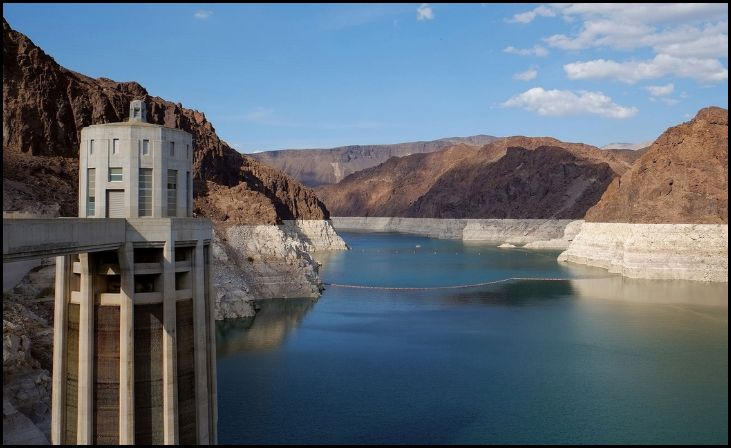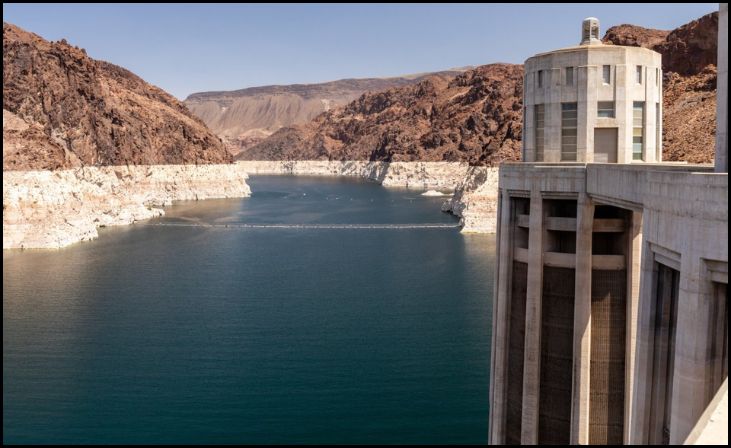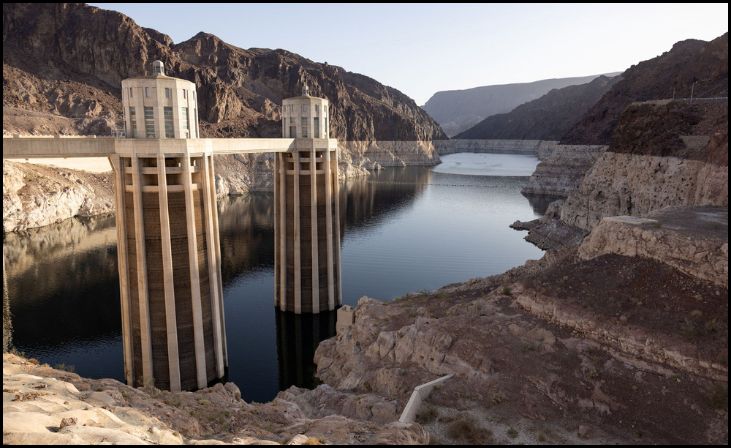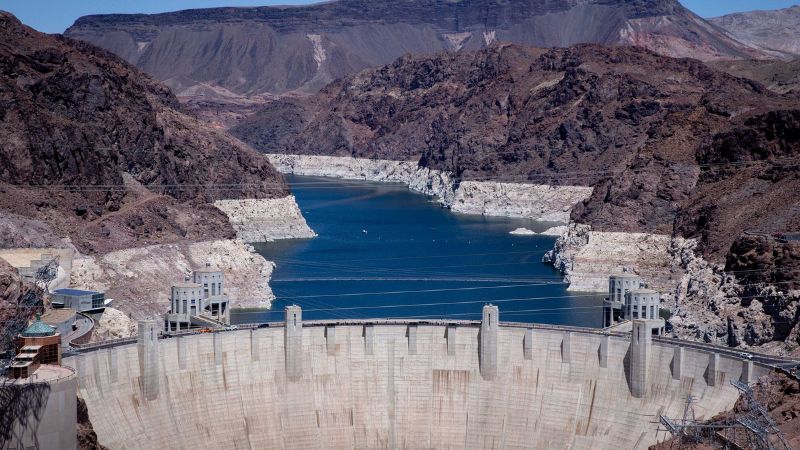The iconic Lake Mead, nestled within the picturesque landscape of the American Southwest, is facing an unprecedented challenge. Over the years, this vast reservoir has been a vital source of water for millions of people, serving as a lifeline for agriculture, urban centers, and recreational activities. However, recent observations have revealed a troubling trend: the water levels of Lake Mead are fluctuating at a rate not witnessed in decades, raising concerns about the sustainability of water resources in the region.
Unprecedented Rate: The Shift in Lake Mead

Lake Mead, the largest reservoir in the United States, is experiencing water level changes at a rate that has not been seen in many years. This alarming shift in water levels has raised concerns and prompted discussions about the underlying causes and potential consequences.
Dramatic Decline: Understanding the Factors
The water levels of Lake Mead have been steadily declining, primarily due to a combination of factors, including persistent drought conditions in the region. Climate change, coupled with increased water demand from growing populations, has exacerbated the situation, leading to a dramatic decline in the reservoir’s water levels.
Impact on Water Supply: A Growing Concern
As the primary water source for millions of people in the Southwest, the decreasing levels of Lake Mead are raising significant concerns about water scarcity and availability. Communities that rely on the reservoir for drinking water, agriculture, and industrial purposes are facing unprecedented challenges as water supplies dwindle.
Hydropower Generation: A Double Blow

The declining water levels also have a profound impact on the hydropower generation capacity of the Hoover Dam, which relies on the water stored in Lake Mead. As the reservoir’s water levels decrease, the dam’s ability to generate electricity is compromised, further exacerbating the region’s energy challenges.
Historical Context: Navigating Uncharted Waters
The current water levels are approaching historically low levels, prompting water managers to implement conservation measures and contingency plans. The situation presents a unique challenge, requiring innovative solutions and collaborative efforts to address the complex interplay of environmental, economic, and social factors.
Efforts to Address: Working Towards Solutions
States in the Colorado River Basin, which includes Lake Mead, are actively working on agreements and policies to manage water usage more sustainably and efficiently. These efforts include water conservation initiatives, infrastructure upgrades, and the implementation of water-saving technologies to mitigate the impacts of declining water levels.
Call for Conservation: A Collective Responsibility

In light of the looming water crisis, residents, businesses, and agricultural operations in the region are being urged to conserve water and adopt practices that promote water efficiency. Every drop saved can make a difference in preserving this vital resource for future generations.






